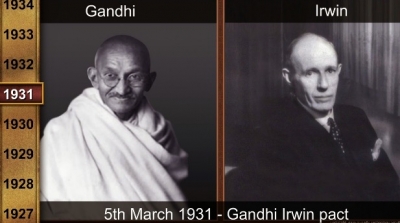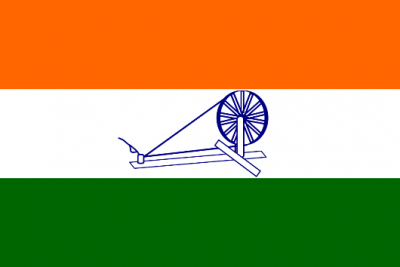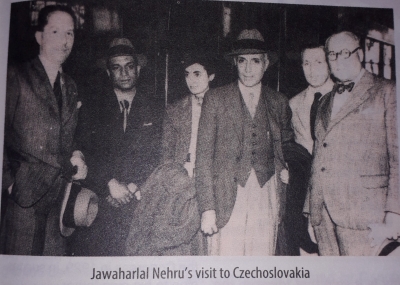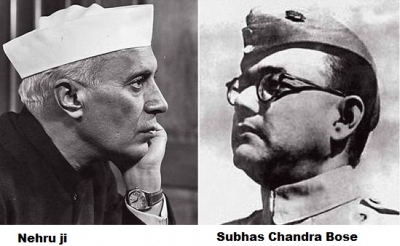What was the Gandhi-Irwin Pact? How did Jawaharlal Nehru react to it?

The Gandhi-Irwin Pact was an agreement signed by Mahatma Gandhi and Lord Irwin, the then British Viceroy of India, on 5 March, 1931. It marked the end of the Civil Disobedience Movement or Satyagraha that had started with the Salt March to Dandi on 5 April, 1930.
Thousands were arrested and detained during the civil disobedience that followed, including Gandhiji. The Salt March had elicited a response from the Indian public which had never been witnessed before. Millions took up the baton from Gandhiji and defied the salt tax, making salt in their homes.
British jails were overflowing with satyagrahis and the British Government had no solution to the problem. The Movement also attracted enormous attention worldwide to India’s freedom struggle and pressure was building on the British, who were desperate to reach a compromise.
As a result of this, they released Gandhiji from custody for negotiations in January 1931. After eight meetings with Lord Irwin, Gandhiji agreed to withdraw the Civil Disobedience Movement on condition that the British release political prisoners and allow Indians to collect and produce salt for commercial and private use.
Some members of the Congress, including Nehru, were unhappy at Gandhiji’s decision and the concessions that Gandhi had made. They were of the opinion that had the civil disobedience continued; it would have culminated in India’s independence. They felt that Gandhiji had given in too easily to the British.
Gandhiji offered to repudiate the Pact but Nehru, who was against anything that might cause dissension within the party, withdrew his protest. He was however, still not happy with the turn of events.
Picture Credit : Google


